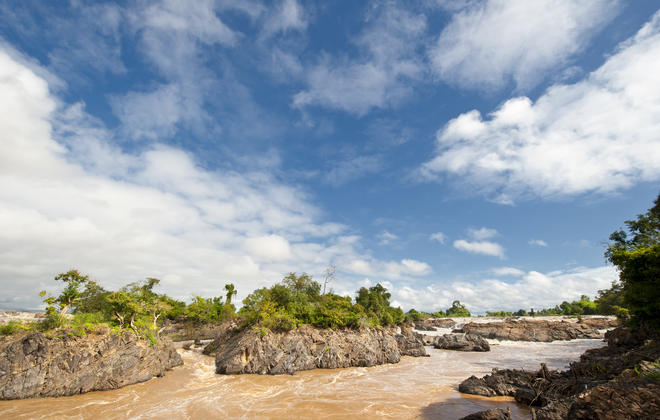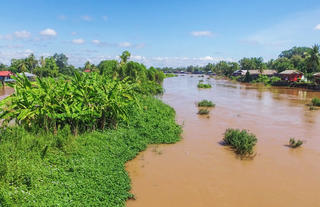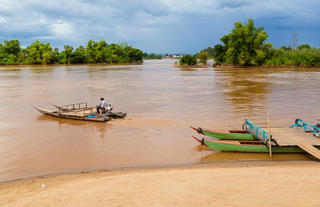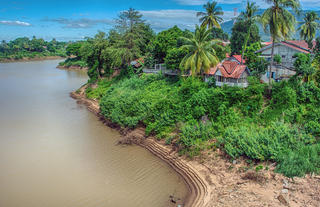Wedged between a number of larger neighbouring countries, Laos is often overlooked in favour of tourism giants such as Thailand and Vietnam. But these travellers are missing out on an extraordinarily scenic and culturally rich destination. Laos boasts a reputation as the least visited, least Westernised, and most untouched of all Indochinese nations. Only time will tell how long this will last, but while it does, visitors who choose to explore this nation’s remote areas will be richly rewarded. Laos’ primary drawcard is undoubtedly the mighty Mekong River which traverses the length of the country and is considered the second most biodiverse river in the world. In the north, the landscape is characterised by little-explored jungle-clad mountainous areas where visitors can witness the intriguing cultures of the various hill tribes that populate this region. Travellers on the hunt for cultural interest should head for the bustling capital of Vientiane, with its innumerable temples and Buddhist monuments. It is this variety of exotic wildlife, remote wilderness and remarkable cultural treasures that make Laos a truly unique and unforgettable holiday destination.
The small but charming village of Pakbeng sits at the midpoint between Huay Xai and Luang Prabang, where the Nam Beng River meets the Mekong, making it the quintessential stopover for travellers taking the scenic slow-boat journey through northern Laos. Quiet and unhurried, the village offers a handful of simple pleasures: a local market for basic supplies and a glimpse of daily life, a few modest temples, and a main street lined with thatch-roofed shops selling handmade trinkets and eateries serving traditional Lao dishes. Nearby, an elephant camp provides opportunities for respectful, close-up encounters with these gentle Asian giants. With its riverside setting and laid-back charm, Pakbeng offers a delightful pause between Mekong journeys.


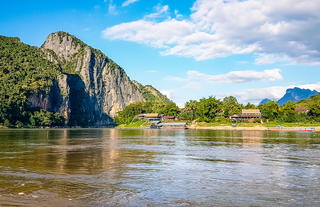
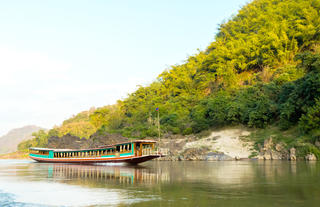

A charming town with elegant historical architecture and a distinctly French flavour, Luang Prabang in northern Laos is filled with interesting museums, bustling markets and traditional shops. 33 Buddhist temples dot the city.; the Haw Kham Royal Palace Museum and Wat Xieng Thong temple give travellers some background on and history of the Laotian people. Beyond the city, breathtaking nature and ancient sites await. Those who visit the Pak Ou Caves can see hundreds of Buddha statues accumulated there through the ages. The 180-foot Kuang Si Waterfalls, an hour’s drive out of the city, is one of the region’s natural highlights, with its layer upon cascading layer of turquoise pools and torrents.





Phonsavan serves as the gateway to one of Laos’s most mysterious and compelling archaeological wonders: the Plain of Jars. Spread across hundreds of square kilometres of rolling hills, this vast landscape is dotted with thousands of ancient stone jars—some towering up to three metres high—believed to be at least 1,500 years old. Their true purpose remains an enigma: scholars have suggested funerary urns or burial chambers, while local folklore imagines them as places where lovers sealed their union. The town of Phonsavan itself carries an old-world atmosphere, shaped largely by architecture built in the mid-1970s following the end of the Vietnam War. A visit to the area’s two UXO information centres provides a thought-provoking and sobering glimpse into the region’s wartime history, adding depth and context to a stay in this quietly intriguing corner of Laos.

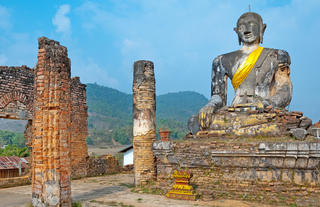
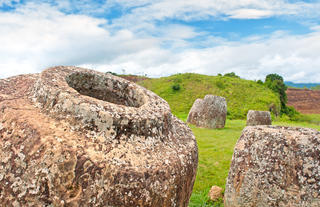
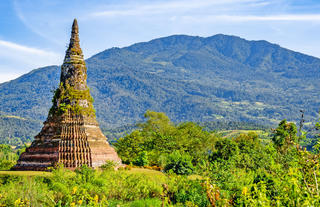
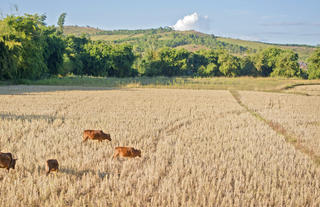
ViVientiane, the capital and largest city of Laos, offers a refreshing contrast to many Southeast Asian capitals—uncrowded, unhurried and imbued with a gentle, understated elegance. Set along the Mekong River, the city blends leafy boulevards, serene temples and evocative French-era architecture with a relaxed riverside lifestyle. Its spiritual heart is Pha That Luang, the nation’s most revered monument, a radiant 16th-century golden stupa symbolising Lao identity and Buddhist devotion. Travellers can wander between pavement cafés, atmospheric night markets and riverside restaurants, all of which reflect the city’s famously tranquil rhythm. Cultural highlights include the Laos National Museum, where thoughtfully curated exhibits trace the country’s long and complex history. With its calm disposition, historic charm and warm hospitality, Vientiane offers a captivating introduction to the soul of Laos.




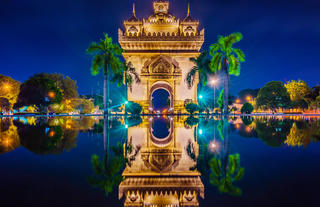
Situated along the banks of the Mekong River in southern Laos, Muang Champassak is a serene riverside town layered with history and quiet charm. Once a royal capital, it remains a soulful retreat framed by traditional villages and gentle rural life. Its star attraction is Vat Phou, an ancient Khmer temple complex and UNESCO World Heritage Site that predates Angkor Wat—an evocative maze of weathered sanctuaries, sacred springs and sweeping Mekong views. Days here unfold slowly: cycle past French colonial buildings, wander sleepy lanes shaded by tamarind trees, or take a tranquil boat trip along the river. With warm hospitality and a deeply relaxed atmosphere, Muang Champassak offers a graceful blend of culture, nature and unhurried riverfront beauty.
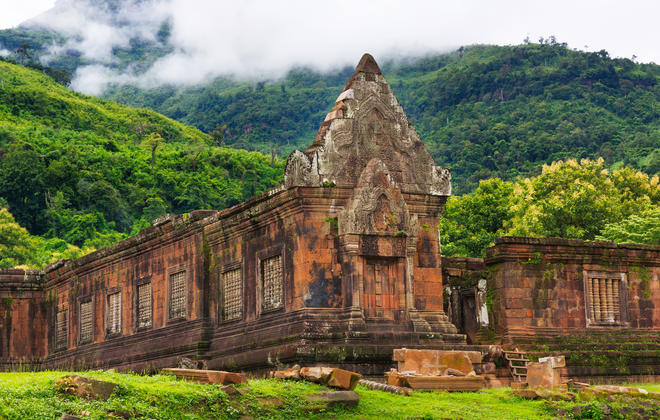
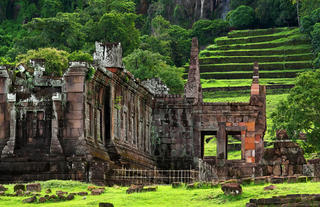
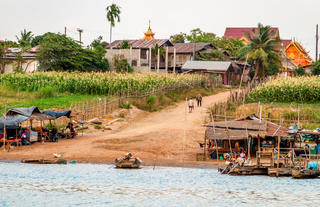
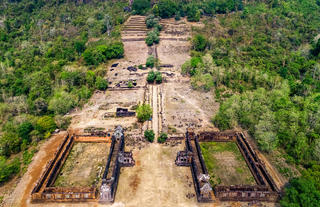
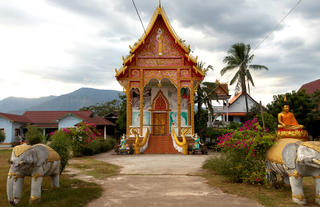
Far larger than neighbouring Don Det, Don Khon is a tranquil river island threaded with scenic walking and cycling trails. Scattered French-era buildings hint at its colonial past and lend the island a nostalgic, old-world charm. Travellers can take a longtail boat in search of the rare Irrawaddy dolphins, or wander to the impressive Li Phi Waterfalls, where the Mekong thunders through a series of dramatic rapids. As day turns to dusk, the historic French bridge linking Don Khon and Don Det becomes one of the area’s most enchanting viewpoints—perfect for watching the sky shift through hues of gold, rose and deep amber over the shimmering river.
